OVERVIEW
A lot of questions have risen in the financial world since the United Kingdom’s Financial Conduct Authority (FCA) announced that the LIBOR rate will be phased out by the end of 2021. LIBOR, or London Interbank Offered Rate, is an important factor in many investments. It is the rate that banks charge one another in borrowing short-term loans, as well as a reference rate for trillions of dollars in other loans. Over the recent years, however, scandals surrounding LIBOR have been under public scrutiny, making the rate less credible. In 2012, it was found that a number of large global banks were manipulating the LIBOR rates by reporting lower or higher rates than they were actually getting in order to benefit their own investments. Some of the banks that have been fined include large US banks: Citigroup, JPMorgan Chase, and Bank of America. Regulators have issued approximately $9 billion in fines for banks involved in the scandal, as well as some criminal charges. In June of 2017, the Alternative Reference Rates Committee introduced SOFR as the alternative to LIBOR. The phase out will mean a lot of change for the financial world, whether it be positive or not.
MAIN CONCEPTS
- The LIBOR phase out affects both consumers and investors. It is often used in many different types of loans as the reference rate. Loans that use it may include:
- Mortgages with an option for adjustable rates
- Home Equity Loans
- Lines of Credit
- Auto Loans
- Student Loans
- Credit Cards
- Investments with floating coupon rates (bank notes, floating rate securities, etc.)
- Companies can expect the phase out to affect their debt agreements and intercompany loans, as many of these are indexed to LIBOR, meaning that when LIBOR varies, the interest rate on the loan can vary. This can cause an impact on derivatives and hedge accounting, as there could be a decrease in hedging loans that have ties to LIBOR once it is phased out completely.
- If entities have been using the LIBOR rate to determine their discount rate in financial and valuation models, they will be forced to adjust their models, and could impact their conclusions.
- SOFR is growing fast to take the place of LIBOR. The number of dollars and contracts pinned to the SOFR has been growing since its final publishing in 2018, with an estimated $136 billion outstanding currently.
SUMMARY OF KEY DIFFERENCES
LIBOR VS. SOFR
| Each morning, the ICE Benchmark Administration asks a group of large international banks a question: “at what rate could you borrow funds, were you to do so by asking for and then accepting interbank offers in a reasonable market size just prior to 11 a.m. London time?” The group of banks on the panel are determined annually. The LIBOR rate takes a trimmed mean of the figures each day. | SOFR is calculated using actual transactions of the prior day rates, not an estimate from the banks. They take the volume weighted median from the previous day and is published each business day. |
| LIBOR is considered a forward looking rate, as they answer the question of what rate can you estimate to receive today | SOFR is more backward looking, because it is determined overnight by the previous day’s numbers. |
| There is nothing backing up the LIBOR rate, so it is considered to be an unsecured rate | Because of the actual transactions used to determine the SOFR, it is considered to be a secured rate |
| Determined by the ICE Benchmark Administration and based on a predetermined selection of banks and their submissions |
Determined by transactions and published daily by the NY Fed
|
| Multiple terms – as short as overnight to as long as 12 months | Single term – overnight rate is all that is calculated, though plans to create options for a 3-month SOFR are being made. |
PLANNING FOR IMPLEMENTATION
Companies should begin planning for the impacts of the LIBOR phase out, and the transition to the SOFR, and what it will mean for them for the first year of 2022. Financial expert knowledge and guidance on the steps to an easy transition and better secured loans and debt agreements is an important asset to have available as the phase out nears. For more information on the LIBOR phase out, contact Larson & Company today.

.png)




